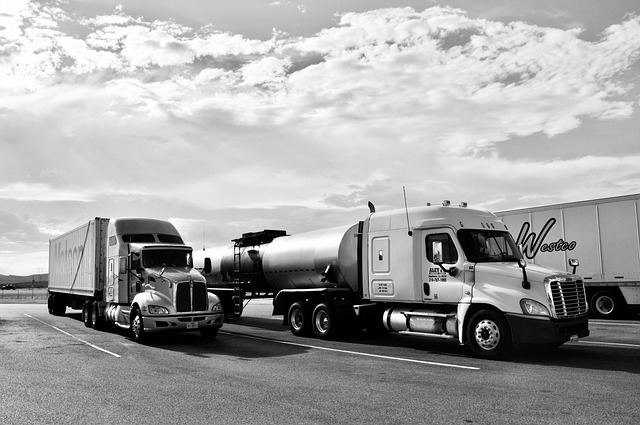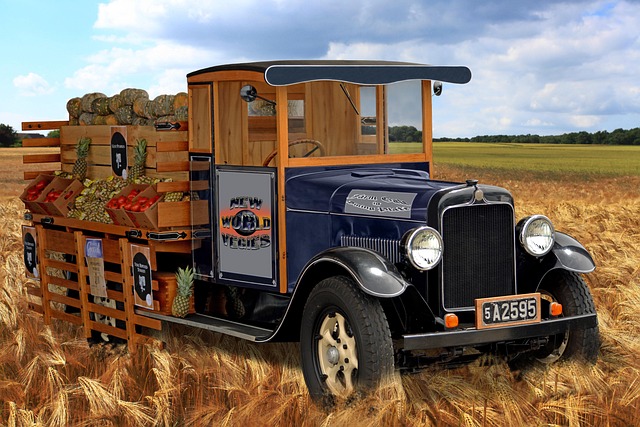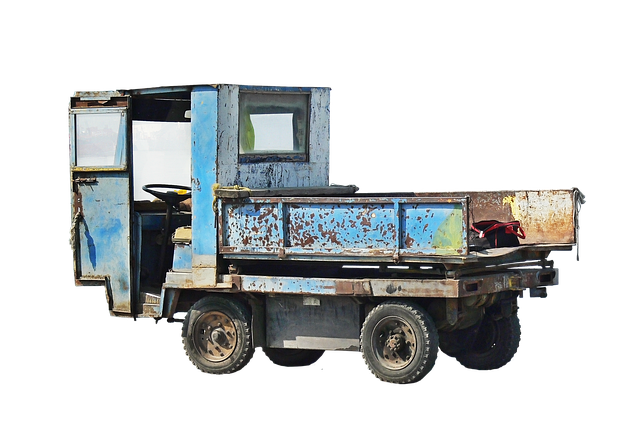Looking to register your car in California? This guide will walk you through the process step-by-step, ensuring a smooth experience. First, understand the state’s vehicle registration requirements and essential documents needed. Then, visit your local DMV for VIN verification, a crucial step in the process. After that, complete the online registration using the California Department of Motor Vehicles (DMV) portal. Finally, receive your registered vehicle papers, marking the successful conclusion of your car registration journey.
- Understand California Vehicle Registration Requirements
- Gather Necessary Documents for Car Registration
- Visit Your Local DMV for VIN Verification
- Complete Online Registration Process Using DVW
- Finalize and Receive Your Registered Vehicle Papers
Understand California Vehicle Registration Requirements

Before registering your car in California, it’s crucial to understand the state’s specific requirements. The California Department of Motor Vehicles (DMV) mandates several key steps for vehicle registration, including a thorough inspection and verification process. One essential component is the DMV VIN verification, which ensures that your vehicle matches the information on its certificate of title. This step helps prevent fraud and ensures that all vehicles on California roads meet safety standards.
Additionally, consider leveraging modern tools like mobile vin verifiers to streamline the registration process. A mobile vin inspection can be conducted quickly and conveniently, often right from your smartphone or tablet. These verifiers provide real-time data validation, enhancing accuracy and efficiency during vehicle registration in California.
Gather Necessary Documents for Car Registration

Before you begin the registration process, make sure you have all the essential documents ready. The California Department of Motor Vehicles (DMV) requires specific paperwork for car registration, and gathering these beforehand will streamline the entire procedure. One crucial document is the Vehicle Identification Number (VIN) verification report, which can be obtained through a mobile vin inspection or by visiting a DMV office. This report ensures that your vehicle matches the details on file, preventing fraud.
Additionally, you’ll need proof of ownership, typically in the form of a title or a bill of sale, and valid identification documents such as a driver’s license or passport. Insure your vehicle before registering; proof of insurance is mandatory. Other necessary items include registration fees, which can be paid online or at a DMV center, and any applicable emissions tests results. Having these vin inspection details ready will ensure a smooth car registration experience in California.
Visit Your Local DMV for VIN Verification

After gathering all your necessary documents, the next step in registering your car in California is to visit your local DMV for VIN verification. This process ensures that your vehicle’s unique identification number (VIN) is accurate and matches the specifications on record. Bring your completed registration application, proof of insurance, and any other required documents to expedite the process.
A mobile vin verifier or a mobile vin inspection can also be an option if you prefer a more convenient approach. These services allow you to get your VIN verified at your location, saving you a trip to the DMV. However, it’s essential to ensure that the mobile service provider is reputable and authorized by the California DMV to conduct such inspections.
Complete Online Registration Process Using DVW

In California, registering your car involves a streamlined process that can be efficiently completed online through the Department of Motor Vehicles (DMV) website. The first step is to ensure that your vehicle meets all legal requirements by checking if it’s street-legal and up-to-date with emissions standards. Once you’re clear on these aspects, you can begin the registration process. Start by visiting the DMV’s online portal, where you’ll need to create an account or log in if you already have one.
Here, you’ll be guided through a series of steps that involve entering your vehicle’s details, including its make, model, year, and unique Vehicle Identification Number (VIN). The VIN is crucial for the next phase: VIN verification. This process ensures the validity of your car’s information and can often be completed quickly using a mobile vin verifier or even through an online tool provided by the DMV. After successfully verifying your VIN, you’ll be able to finish the registration, including payment for fees, and setting up any necessary insurance requirements.
Finalize and Receive Your Registered Vehicle Papers

Once you’ve gathered all the necessary documents and passed the California vehicle inspection, it’s time to finalize your car registration process. The next step is to receive your registered vehicle papers from the DMV (Department of Motor Vehicles). This involves a final verification process known as DMV VIN verification, which checks the accuracy of your vehicle’s identifying number (VIN) against their records.
A mobile VIN verification or mobile vin inspection can be requested in some cases, offering added convenience. This service allows you to complete the VIN checking procedure from the comfort of your location, eliminating the need for a trip to a DMV office. By ensuring your VIN is valid and your vehicle meets all legal standards, this step secures your car’s registration and opens the path to enjoying your newly registered vehicle on California’s roads.
Registering a car in California involves understanding specific requirements, gathering essential documents, and completing straightforward processes. By following these steps, from verifying your vehicle’s VIN at the DMV to finishing the online registration through the DVW, you’ll ensure a smooth process. Remember to keep your registration papers secure for future reference and compliance with California’s motor vehicle regulations.



